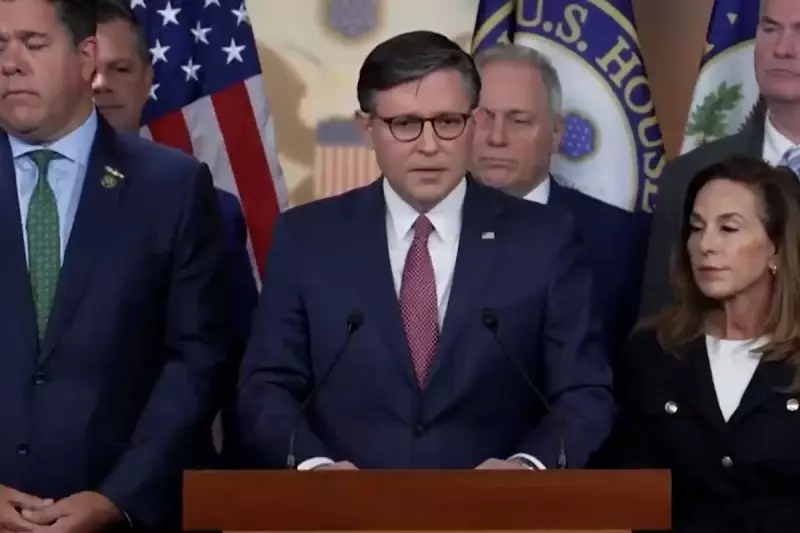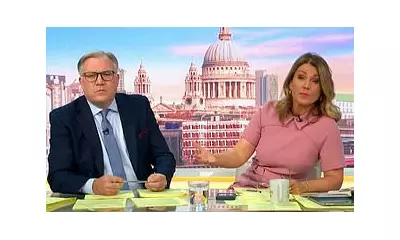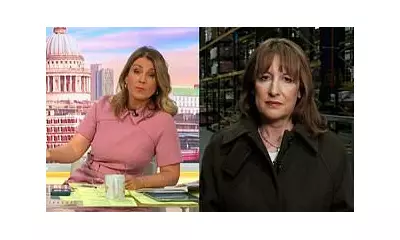
The United States is once again teetering on the brink of a government shutdown as political divisions threaten to bring federal operations to a grinding halt. With just days remaining until funding expires, Washington finds itself in a familiar standoff that could see thousands of government workers furloughed and essential services disrupted.
The Congressional Impasse
At the heart of the crisis lies a fundamental disagreement between the Democratic-controlled Senate and the Republican-led House of Representatives. While Senate Democrats have advanced a bipartisan stopgap spending measure, House Republicans are pushing for deeper spending cuts that have little chance of passing the upper chamber.
This political stalemate represents more than just policy differences—it reflects the deepening partisan divide that has become characteristic of modern American politics. The inability to reach consensus on basic government funding underscores the challenges of governance in an increasingly polarised political landscape.
What a Shutdown Would Mean
If Congress fails to pass funding legislation by the Saturday deadline, the consequences would be immediate and widespread:
- Hundreds of thousands of federal employees would be furloughed without pay
- Essential services including national security and air traffic control would continue, but with strained resources
- National parks and museums would likely close to the public
- Government contractors would face payment delays and operational challenges
- Economic uncertainty could ripple through financial markets
A Recurring Political Drama
This isn't the first time the US has faced such a crisis. Government shutdowns have become increasingly common in recent years, reflecting the growing difficulty of achieving bipartisan compromise. Each episode follows a similar pattern: last-minute negotiations, political posturing, and ultimately a temporary solution that kicks the can down the road.
The current deadlock comes at a particularly sensitive time, with economic concerns and global uncertainties adding pressure on lawmakers to find a resolution. Both parties are aware of the potential political fallout, yet neither appears willing to make significant concessions.
As the clock ticks down, all eyes are on congressional leaders to see if they can bridge the divide or if the nation will experience another disruptive government shutdown.





